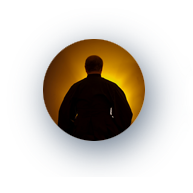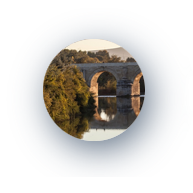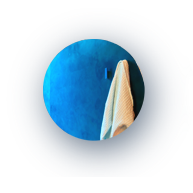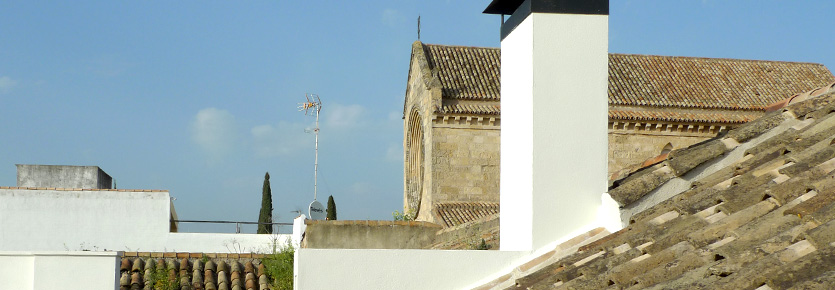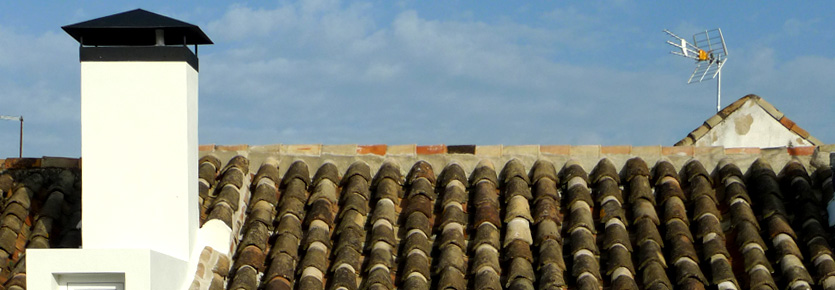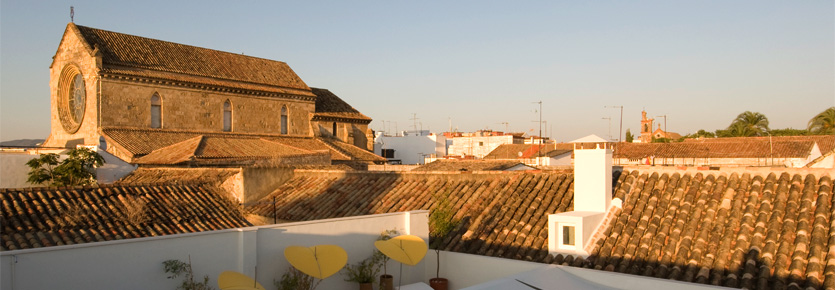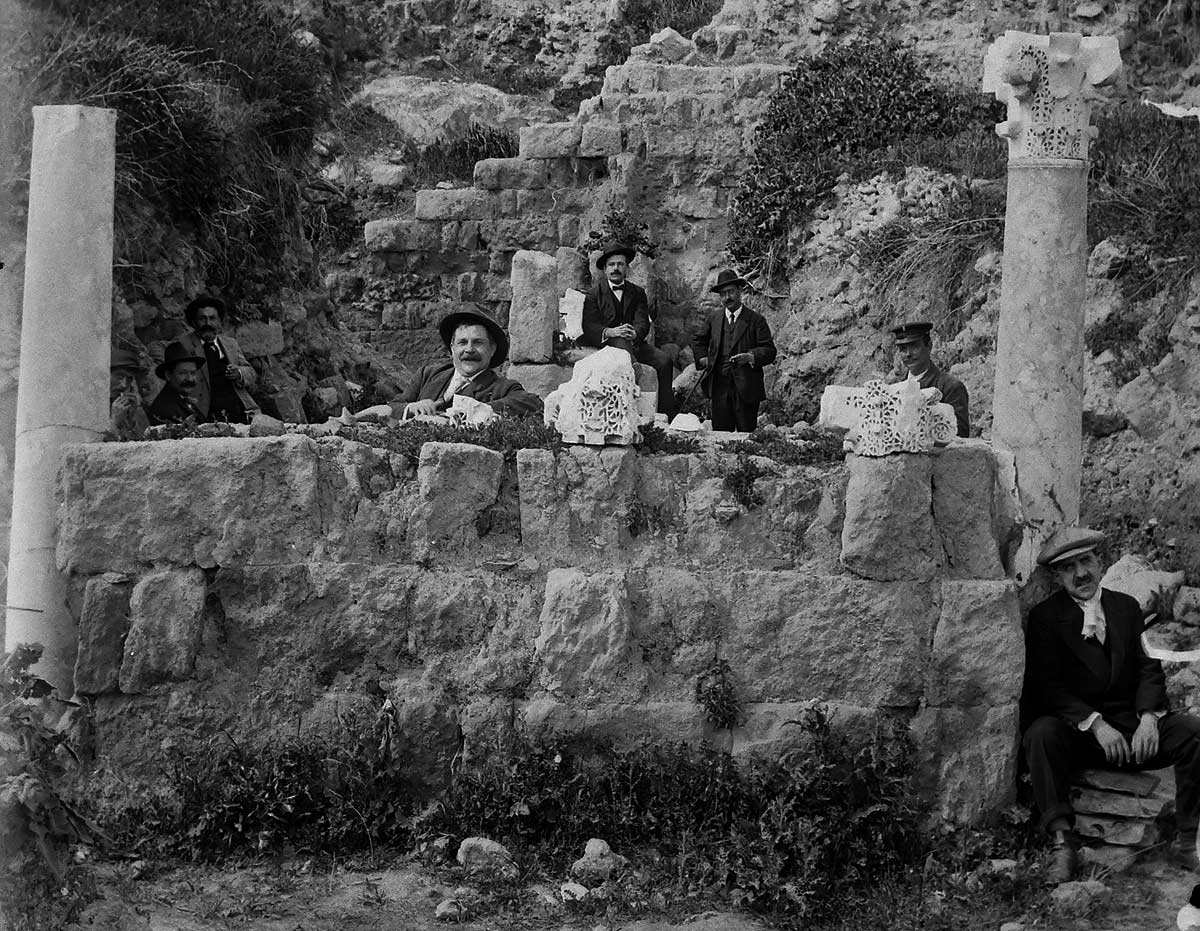The Almoravid reign (1091 – 1148) and especially the Almohad Caliphate (1148 – 1236) did all they could to loot and plunder the “Old Córdoba” to its utter ruins: most of its precious materials went to the Mosque of Granada, the Mosque of Al-Qarawiyyin in Fez, the Giralda in Seville (130 capitals from Medina Azahara built its facades), the Mosque of Qasba in Marrakesh, the Tower of Hassan in Rabat and a good number of the Alcázars and Royal residences in Al-Andalus and the North of Africa. For over two hundred years the “Old Córdoba” was stripped to the bone and then some more.
For example, as a mere curiosity: the famous rooster crowning the Romanesque Tower of Saint Isidoro in León, a symbol of the city as well as a powerful gastronomy logo, came originally from one of the first sacking this palace-city suffered . As of today the original piece is exhibited in the museum of the city of León, what one sees at the top of the tower is but a good replica.
At the beginning of the XVth century the Hieronymite Order was looking to install themselves in Andalusia and the Bishopric granted the Order some land near the mountains in what was then known as the Castle of the “Old Córdoba”. By doing so the future monastery could make good use of the remaining materials of the city-palace of Medina Azahara.
Ambrosio de Morales, scholar and chronicler of Philip II, made tremendous efforts so that the ruins of Medina Azahara were no longer known as the “Old Córdoba” for he was deeply convinced that those ruins were in fact the original place where the city of Córdoba was first founded in Claudio Marcelo’s times. How ruinous the “Old City” must have looked to make Ambrosio think of Roman ruins when he visited it.
However this mistake in its origin would not be rectified until 1627 when Pedro Díaz de Ribas pointed out the Arab features of the constructions and stated that the remaining ruins must have been part of a palace built in times of Abd al-Rahman III, although he could not determine that that was in fact Madinat Al-Zahra. This very same hypothesis was held by several scholars during the XVIIIth century such as P. Francisco Ruano in 1760 and Antonio Ponz in 1792.
It would not be until the mid XIXth century when history started to unfold the truth about the “Old Córdoba”; the city had in 1832 already been denoted as Dehesa of Old Córdoba by Ceán Bermúdez.
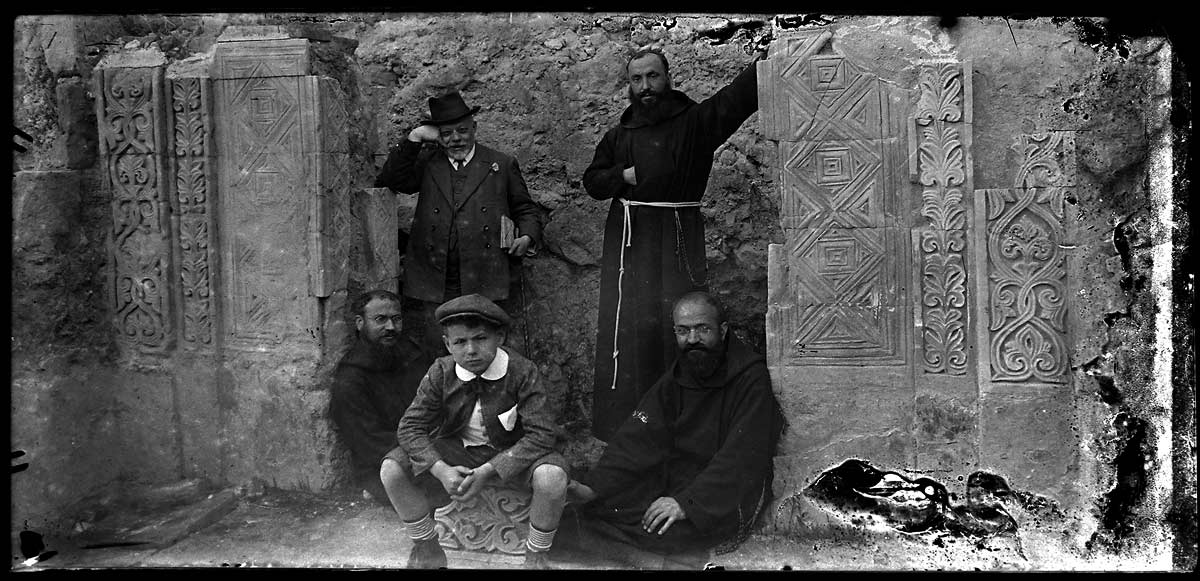
The precise moment in which the walls of the Rich Hall is being unearthed. 1905.
A first attempt was carried through in 1854 by Pascual de Gayangos and Pedro de Madrazo with little results due to some disputes with the owner of the land. That first attempt had little to do with a scientific archaeological endeavor but with a romantic fever, or a romantic disposition towards knowledge. It would not be up until the XXth century when the history of Medinat Al-Zahra started to see the light.
There at the Dehesa of Old Córdoba had his wild cattle Rafael Molina, the owner and famous bullfighter also known as “El Lagartijo”. He built the fences with stones from the ruins of the city-palace. Also during this period of time, in 1889, Rodrigo Amador de los Ríos made an excursion to the ruins with Julio Romero de Torres, during which they gathered engraved stones that as of today are kept safe at the MAN. You can read the following chronicle of this excursion here.
Velázquez Bosco, the head architect of the first XXth century Mezquita restoration, would delve into the mysteries of the “Old Córdoba” and publish its conclusions. From this day onward all efforts would had the protection of this unique archaeological site in mind. One thousand years after its construction the UNESCO had finally declared it World Heritage Site. Nowadays it is one of the most interesting places to visit in Córdoba and the place has also a top scientific and research center.
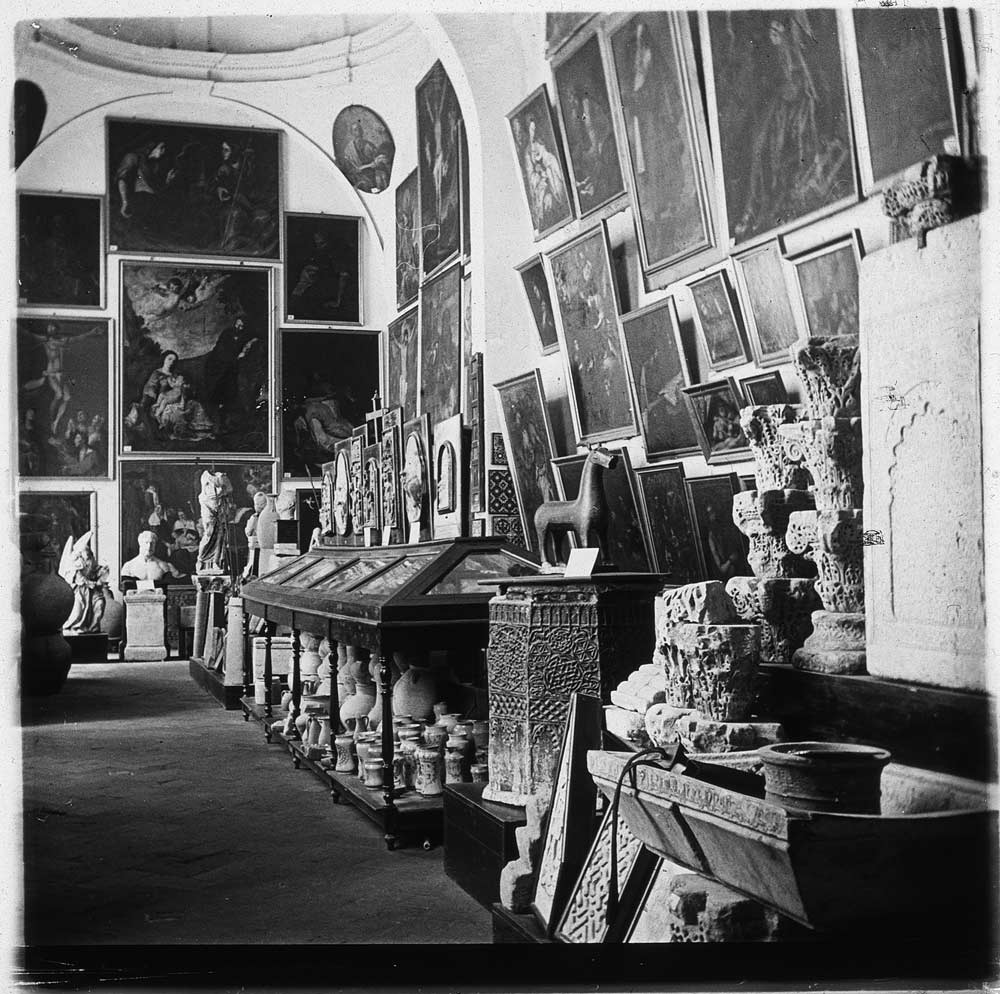
A picture exhibited at the Córdoba Museum depicting how did the ruins where piled during the first excavations in 1905.
There is no trace of that “Old Córdoba” for the repeated plundering and looting has emptied most of what I was, many of the wonderful capitals and stones are inside the houses of the city. The significance of the city-palace, however, is more alive than ever. You must visit all the great museums in order to discover its astonishing furnishing; its works in ivory, famous around the world; its wasp’s nest capitals; its bronzes and statues… Visiting the Medinat Al-Zahra center of interpretation is also a must, for there they keep the legend alive.
NOTES: the pictures belong to the private collection of Antonio Moreno.

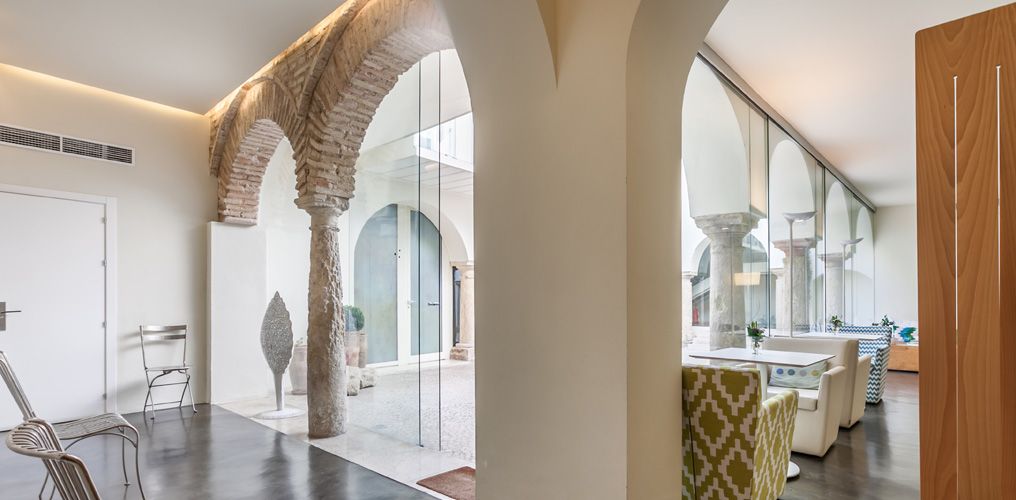
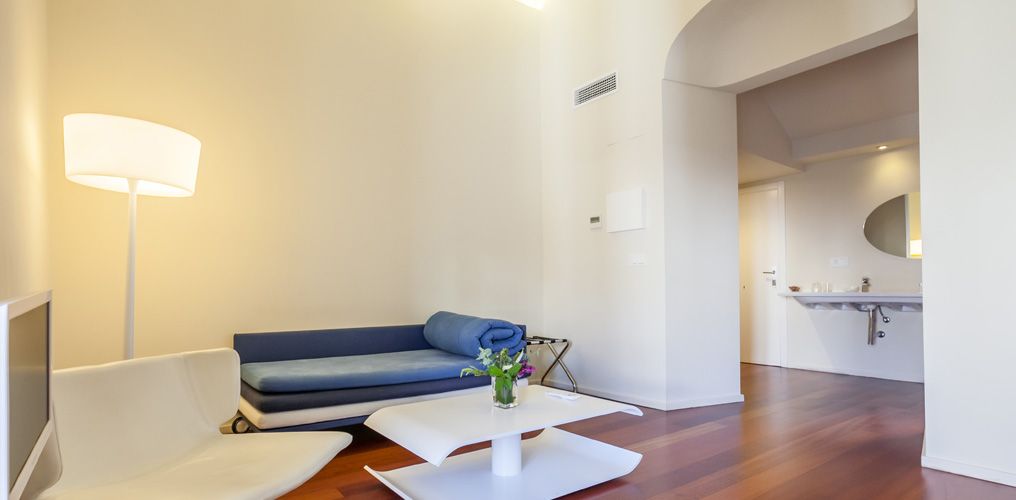






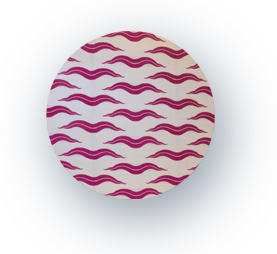
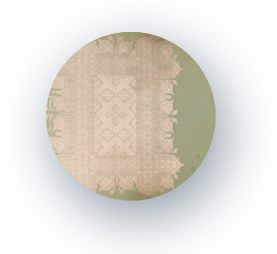
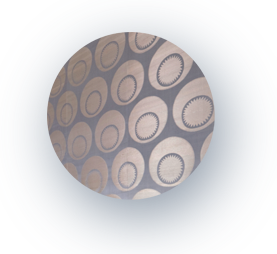
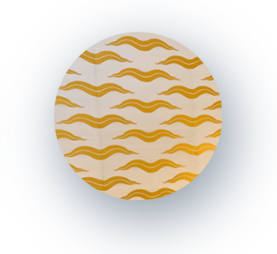
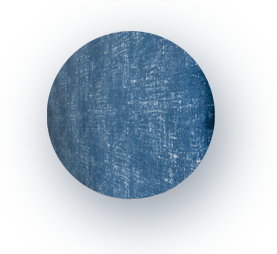
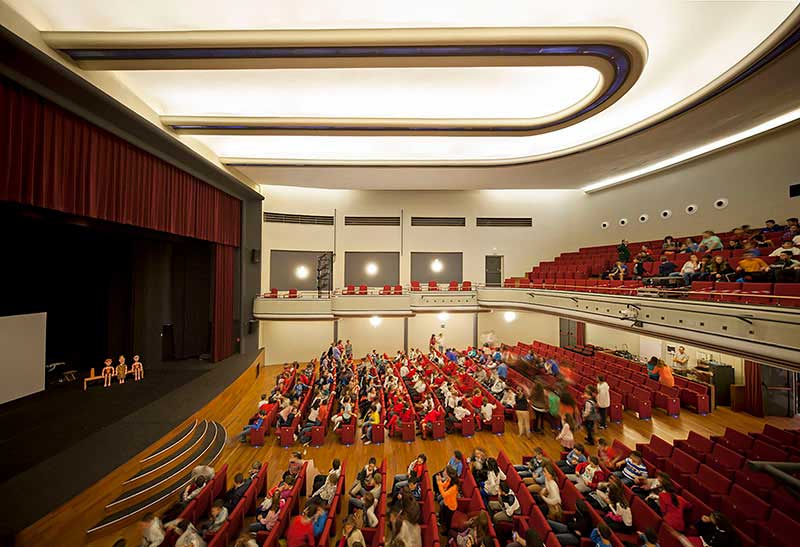
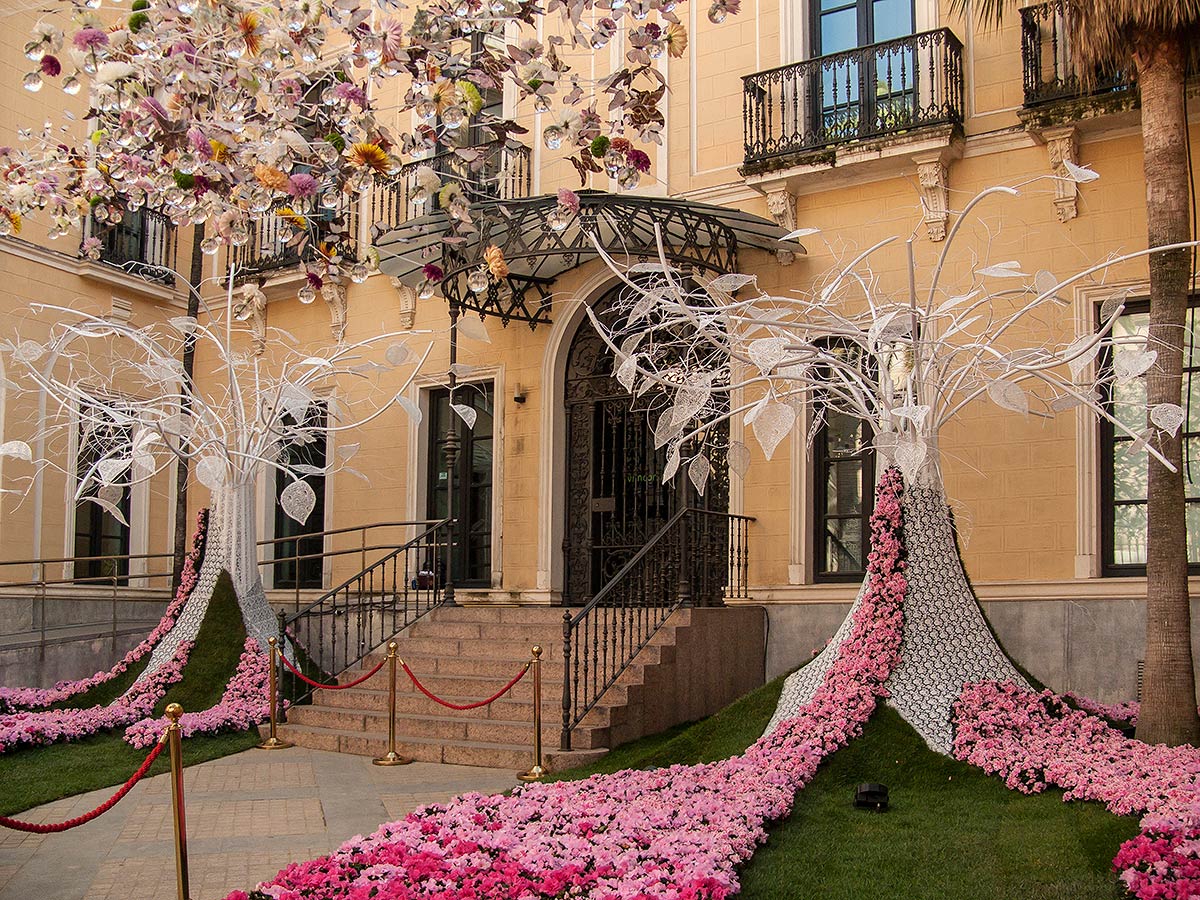
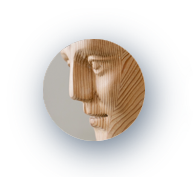
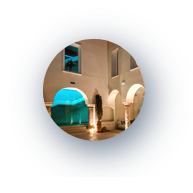
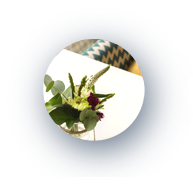
 perfect stay in cordoba. Beautiful quite place in centre of Cordoba with very gentle, even "zen" owner. Design hotel room Excellent "fresh" breakfast Private parking space nearby. All you need for a beautiful stay in Cordoba!
perfect stay in cordoba. Beautiful quite place in centre of Cordoba with very gentle, even "zen" owner. Design hotel room Excellent "fresh" breakfast Private parking space nearby. All you need for a beautiful stay in Cordoba!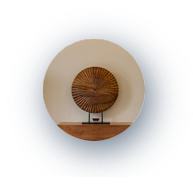
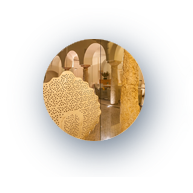
 Cordoba merece un hotel como este. Maravilloso trabajo de rehabilitación para conseguir un espacio único y muy agradable...acogedor...bien climatizado y con espacios higiénicos muy modernos y cómodos. ...buena ubicación y un trato muy simpatico
Cordoba merece un hotel como este. Maravilloso trabajo de rehabilitación para conseguir un espacio único y muy agradable...acogedor...bien climatizado y con espacios higiénicos muy modernos y cómodos. ...buena ubicación y un trato muy simpatico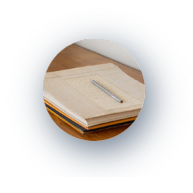
 kleines, tolles hotel. Ganz persönlich geführtes Hotel, in einem historischen Gebäude modern interpretiert. Sehr geschmackvoll, sauber und ruhig. Zu erwähnen ist das gesamte Personal, welches bei Empfehlungen für Restaurants und anderen Fragen immer tolle Tipps gegeben haben. Die Zimmer sind sehr unterschiedlich. Wir hatten ein sehr kleines, kuscheliges Zimmer im 1. Stock. Für drei Nächte völlig ausreichend. Bei Temperaturen um 40 Grad haben wir die kleine Dach-Terrasse leider nicht genießen können, sonst ein toller Ort, um mal zu relaxen. Alles in allem ein schöner Aufenthalt. Danke an Carmen , Gerardo und sein Team!
kleines, tolles hotel. Ganz persönlich geführtes Hotel, in einem historischen Gebäude modern interpretiert. Sehr geschmackvoll, sauber und ruhig. Zu erwähnen ist das gesamte Personal, welches bei Empfehlungen für Restaurants und anderen Fragen immer tolle Tipps gegeben haben. Die Zimmer sind sehr unterschiedlich. Wir hatten ein sehr kleines, kuscheliges Zimmer im 1. Stock. Für drei Nächte völlig ausreichend. Bei Temperaturen um 40 Grad haben wir die kleine Dach-Terrasse leider nicht genießen können, sonst ein toller Ort, um mal zu relaxen. Alles in allem ein schöner Aufenthalt. Danke an Carmen , Gerardo und sein Team!